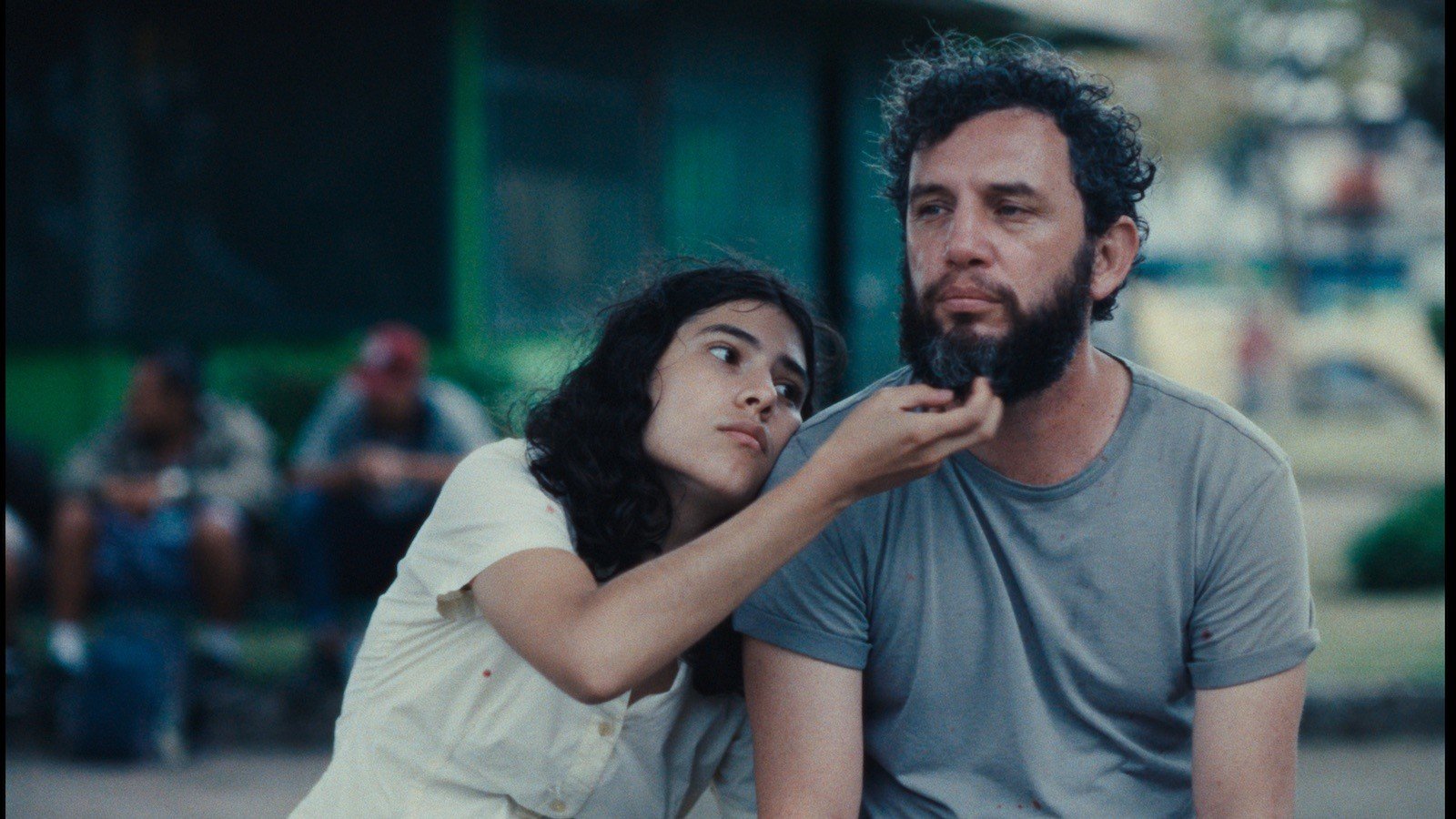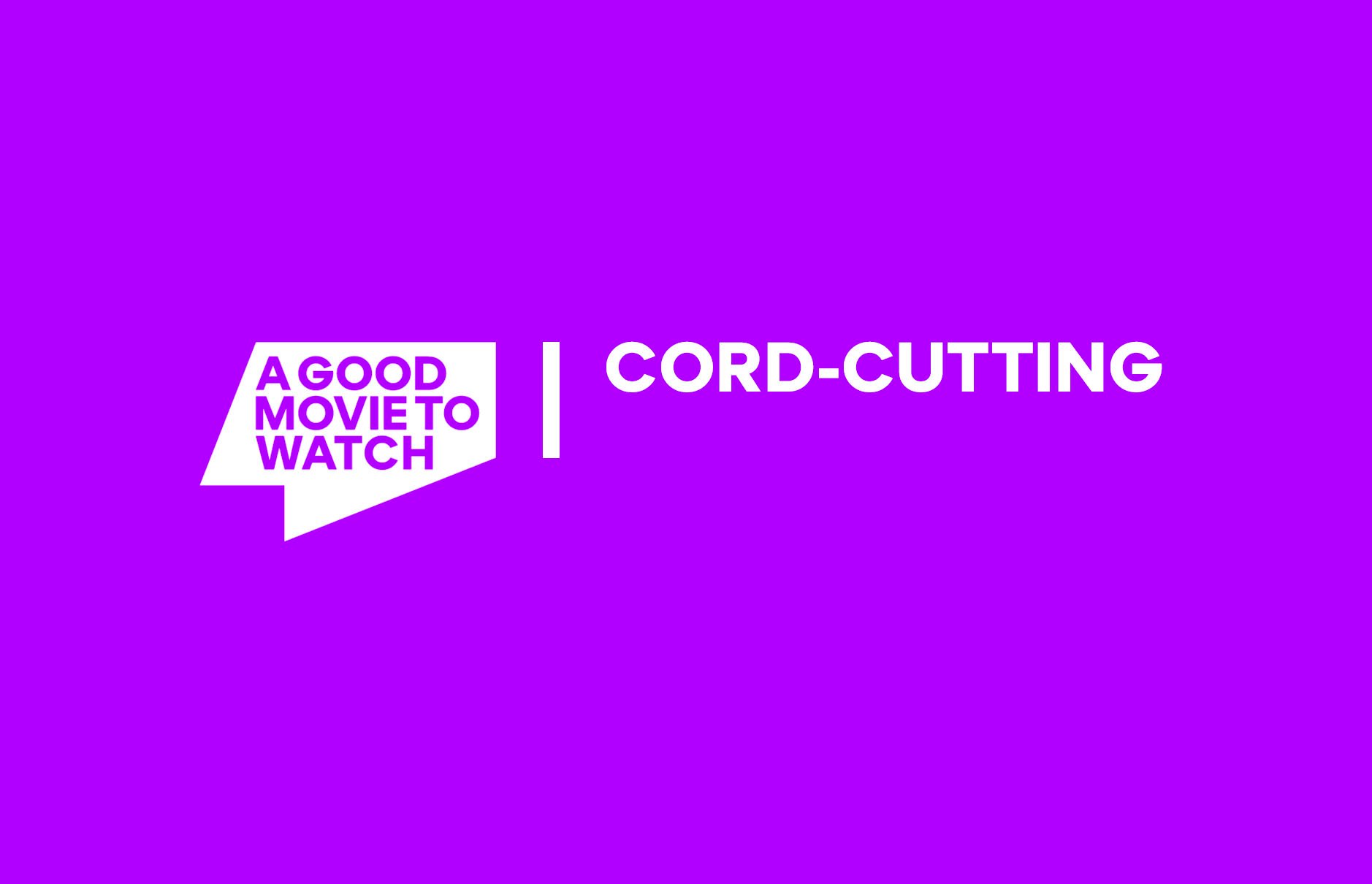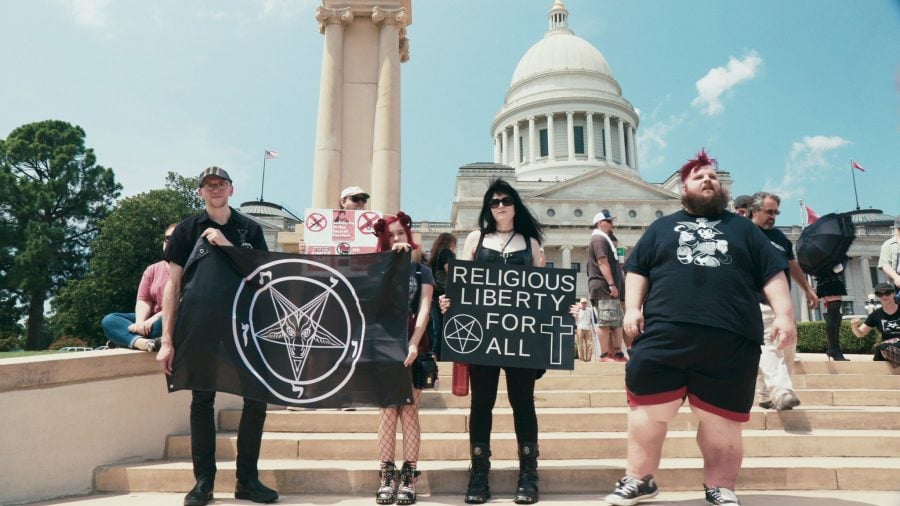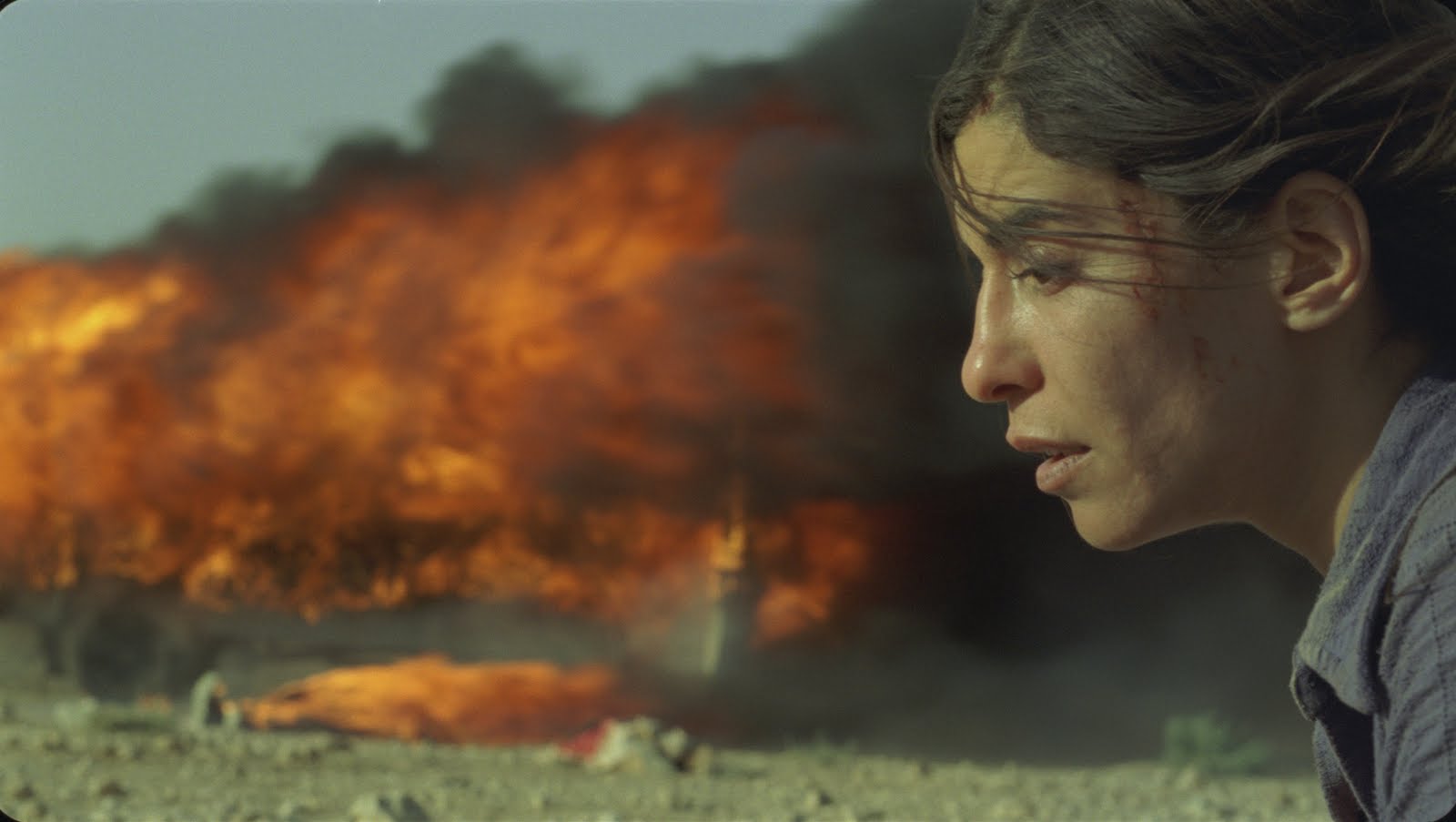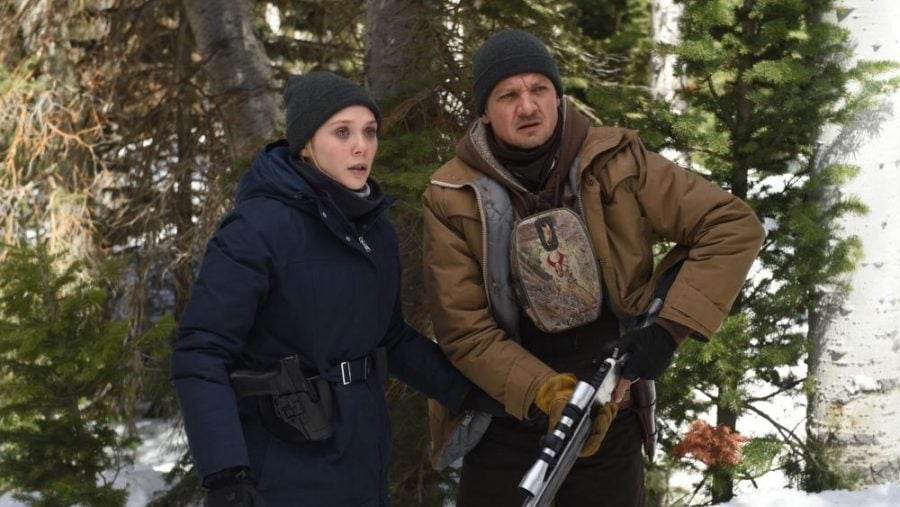
Cow (2022)
The Very Best
8.0
Movie
8.0
The Staff
TLDR
An animal doc that looks like American Honey: we'll take it!
What it's about
The take
The film unfolds in the rhythm of a cow’s life: birth, mating, feeding, milking, checkups. Soon, these events become regular occurrences. Instead of showcasing the more ‘spectacular’ parts of these animal lives in order to build a narrative that's engaging in a more conventional sense, British director Andrea Arnold opts for intimacy through banal instances. Even if female cows are symbolic of labour (reared for milk, meat, and reproduction), the actual cows in the documentary are not actors in a traditional sense. Yet, Cow opens up the dialogue about the on-screen role of animals beyond the call for activism. In it, the protagonists dictate the camera movements and positions just as any other human subject would, but since Arnold is an intuitive and sharp filmmaker, she embraces the opportunity to challenge cinema's status quo. A beautiful addition here is the presence of pop music needle drops, through which the film jolts us into being more attentive, helping us to experience everything we consume in everyday life unperturbed (milk, meat, or pop songs) anew.
What stands out
In Andrea Arnold’s films, the camera often relies on bodies, body parts and gestures to tell stories. Paradoxically, the nonhuman film Cow is the one that pays most attention to faces. Animals are always themselves on film or off camera, if they give birth or die, they do it for real. The same way, the first thing a baby calf sees is a camera, before it adapts a perspective of its own. Making the camera present is already an invitation, a gesture against the human gaze hegemony. On the contrary, we’re at the cows’ eye level even if the camera doesn’t necessarily assume their point of view, and in this act of levelling, there is a desire for intimacy beyond what an image can give us. That very same desire one recognizes from Arnold's most acclaimed film, American Honey.
Comments
Add a comment
Your nameYour comment
UP NEXT
UP NEXT
UP NEXT
Curated by humans, not algorithms.

© 2024 agoodmovietowatch, all rights reserved.


